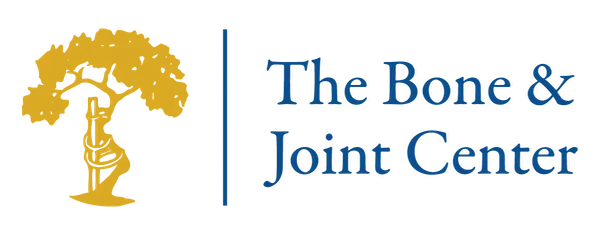Hand Surgery
The Bone & Joint Center takes pride in offering a comprehensive range of surgical interventions specifically designed to address the various injuries and conditions affecting the hand and wrist.
Our team of highly skilled specialists is well-equipped to manage a diverse spectrum of hand-related surgeries, ensuring that patients receive the most appropriate and effective treatment. Whether it's correcting fractures, addressing debilitating disorders, or providing relief from chronic conditions, our expert surgeons are dedicated to delivering tailored surgical solutions that effectively bring long-term relief.
Carpal tunnel surgery, also known as carpal tunnel release surgery, is a procedure performed to alleviate the symptoms of carpal tunnel syndrome. This condition is characterized by the compression of the median nerve in the wrist, leading to pain, tingling, and numbness in the hand. During surgery, the surgeon cuts the transverse carpal ligament to create more space within the carpal tunnel, relieving pressure on the nerve. It is typically performed as an outpatient procedure, offering quick relief from symptoms and allowing for a rapid return to regular activities.
Finger contracture repair surgery is employed to correct contracture, a condition in which the fingers become permanently bent or curved, often due to scar tissue formation or joint abnormalities. The surgery aims to release or lengthen the affected tendons, ligaments, or tissues, allowing for improved finger mobility and alignment. It may involve incisions and tissue removal to achieve the desired results. Post-surgery, patients may require rehabilitation and hand therapy to regain complete finger function.
Finger joint replacement surgery is a procedure utilized to address severe arthritis or joint damage in the fingers. During this surgery, the damaged joint surfaces are removed and replaced with artificial joint components made of metal or plastic. Finger joint replacement can restore joint function, alleviate pain, and enhance finger mobility. Recovery typically involves hand therapy and exercises to regain strength and dexterity.
Hand nerve injury surgery is performed to repair damaged nerves in the hand resulting from trauma or lacerations. The surgery involves meticulously rejoining the severed nerve ends or using grafts to bridge the gap between damaged segments. Nerve repair is crucial to restore sensory and motor function in the hand. Following surgery, patients may undergo nerve rehabilitation to facilitate nerve healing and functional recovery.
Tendon transfer surgery is employed to restore hand function when a specific tendon is compromised or damaged. During the procedure, a healthy tendon is repositioned or transferred to compensate for the impaired one. This can improve muscle strength and joint movement. Tendon transfers are frequently used to address conditions like tendon ruptures, paralysis, or irreparable tendon damage. Post-surgery, patients may undergo rehabilitation to optimize the transferred tendon's function.
Thumb CMC joint reconstruction is performed to address degeneration or arthritis in the carpometacarpal (CMC) joint at the base of the thumb. This surgery involves removing damaged joint surfaces and reconstructing the joint using various techniques and materials, such as tendon grafts or implants. Thumb CMC joint reconstruction aims to reduce pain, enhance thumb mobility, and restore hand functionality. Rehabilitation may be recommended to regain strength and dexterity.
Wrist surgery encompasses a range of procedures performed to treat various wrist conditions, including fractures, ligament injuries, and degenerative conditions like arthritis. Depending on the specific issue, wrist surgery may involve realigning fractured bones, repairing ligaments, or fusing wrist joints. The goal is to alleviate pain, restore wrist stability, and improve overall wrist function. Post-surgery, patients may require wrist rehabilitation to regain strength and mobility.
Hand Surgery Services in North Dakota
For more information about surgical and other treatments for hand injuries, call the orthopedic specialists at The Bone & Joint Center at (701) 946-7400/(866) 900-8650 or visit our appointment request page to learn more.


